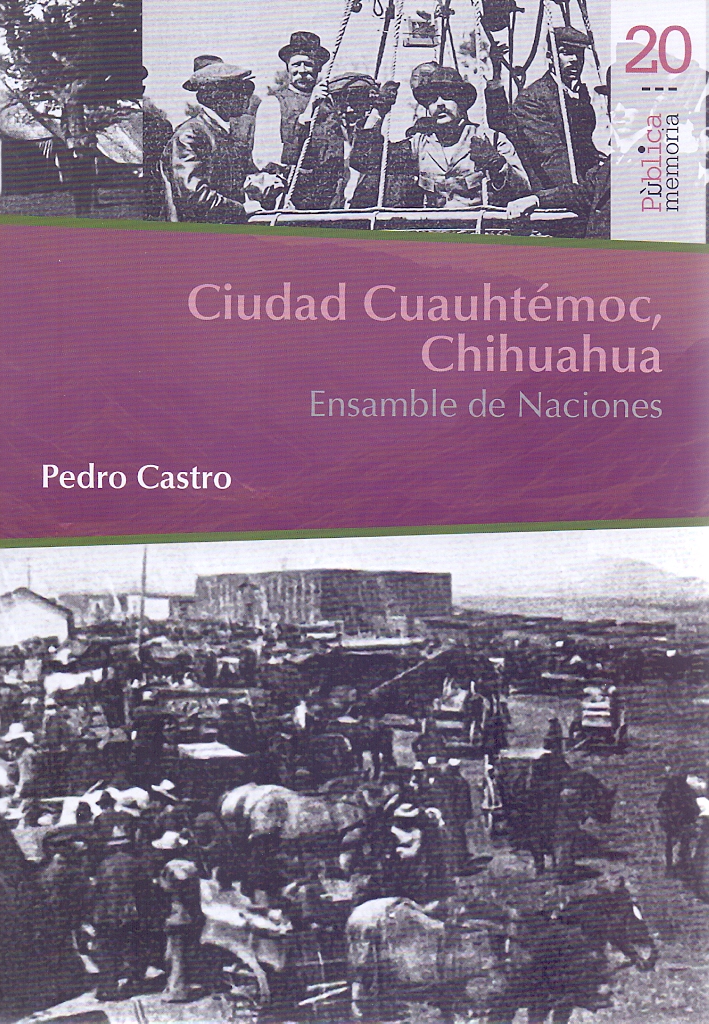Libros relacionados
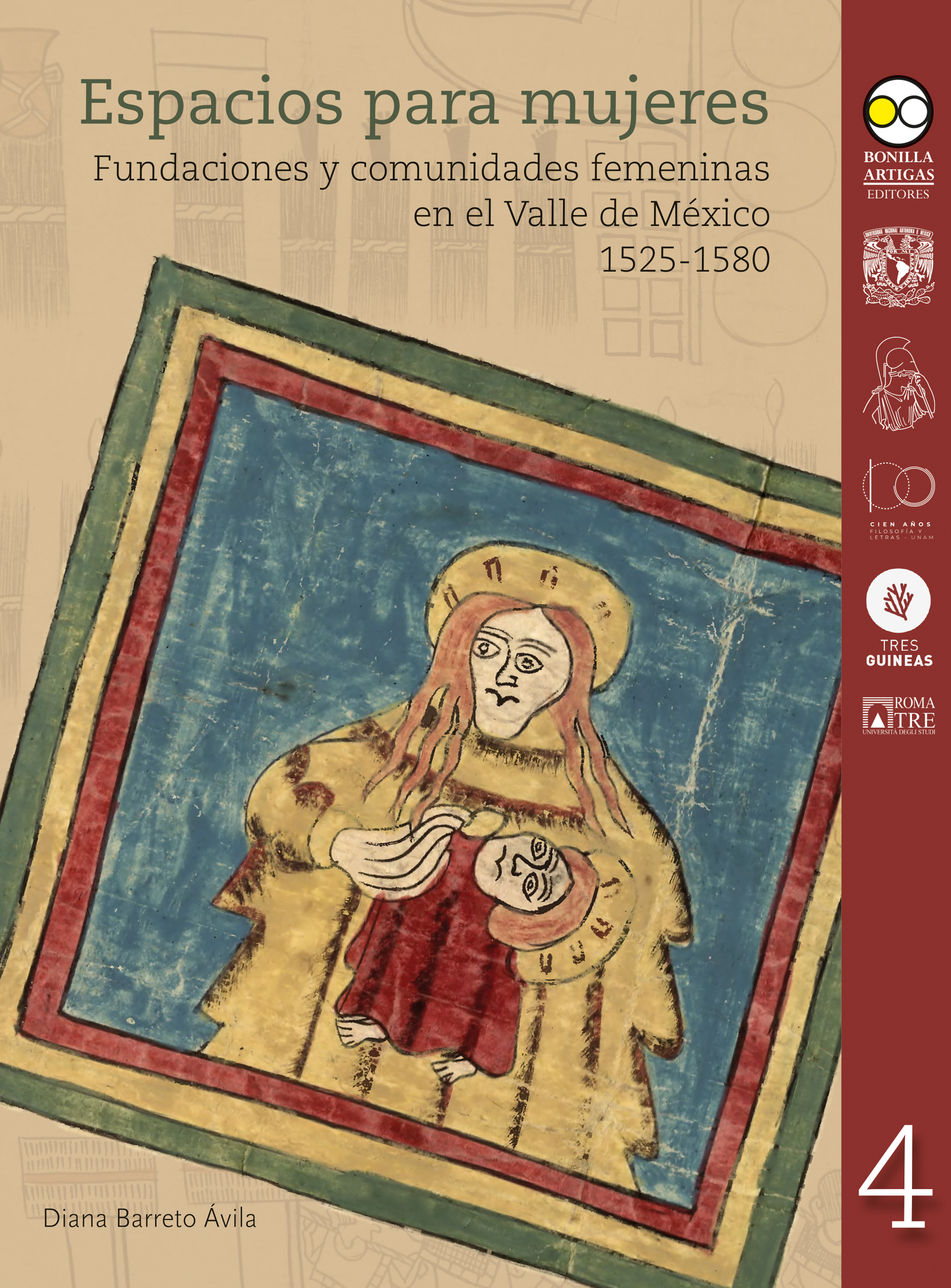 |
Espacios Para Mujeres: Fundaciones y Comunidades Femeninas en el Valle de Méxic Barreto Ávila, Diana Bonilla Artigas Editores |
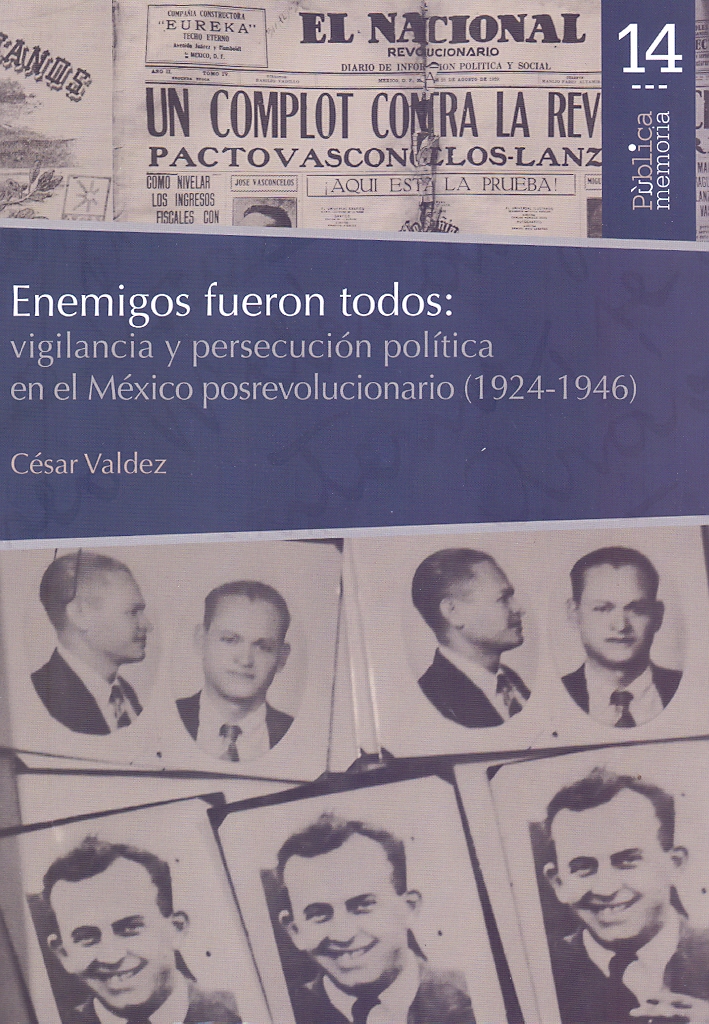 |
Enemigos Fueron Todos: Vigilancia y Persecución Política en el México Posrevoluc Valdez César Bonilla Artigas Editores |
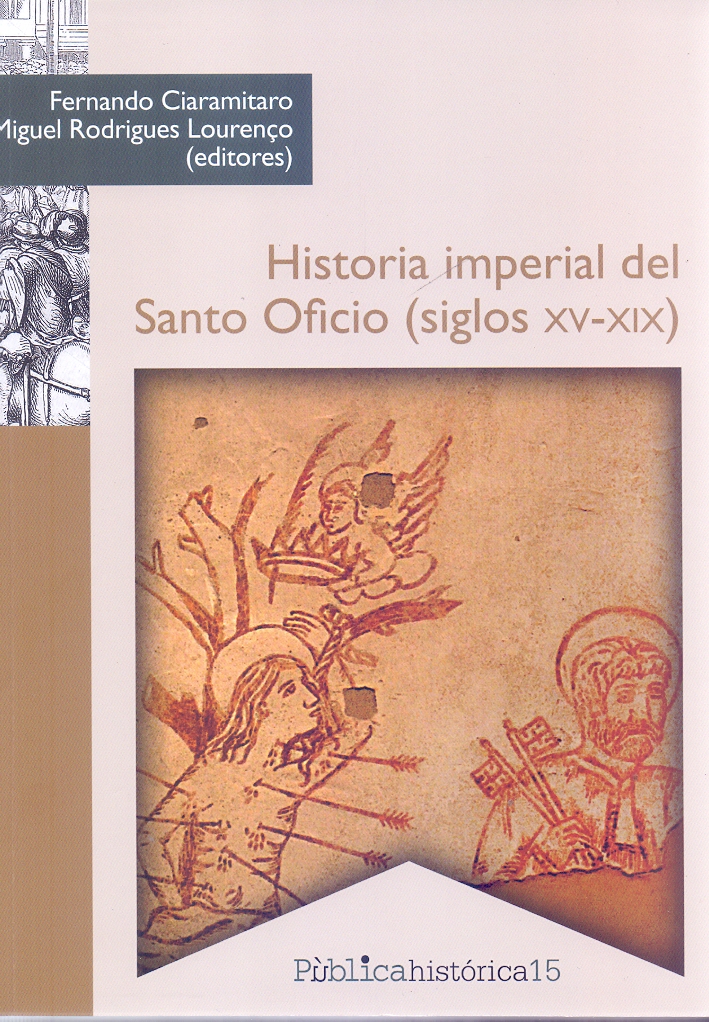 |
Historia Imperial del Santo Oficio (Siglos XV-Xix) Fernando Ciaramitaro, Miguel Rodrigues Lourenço Bonilla Artigas Editores |
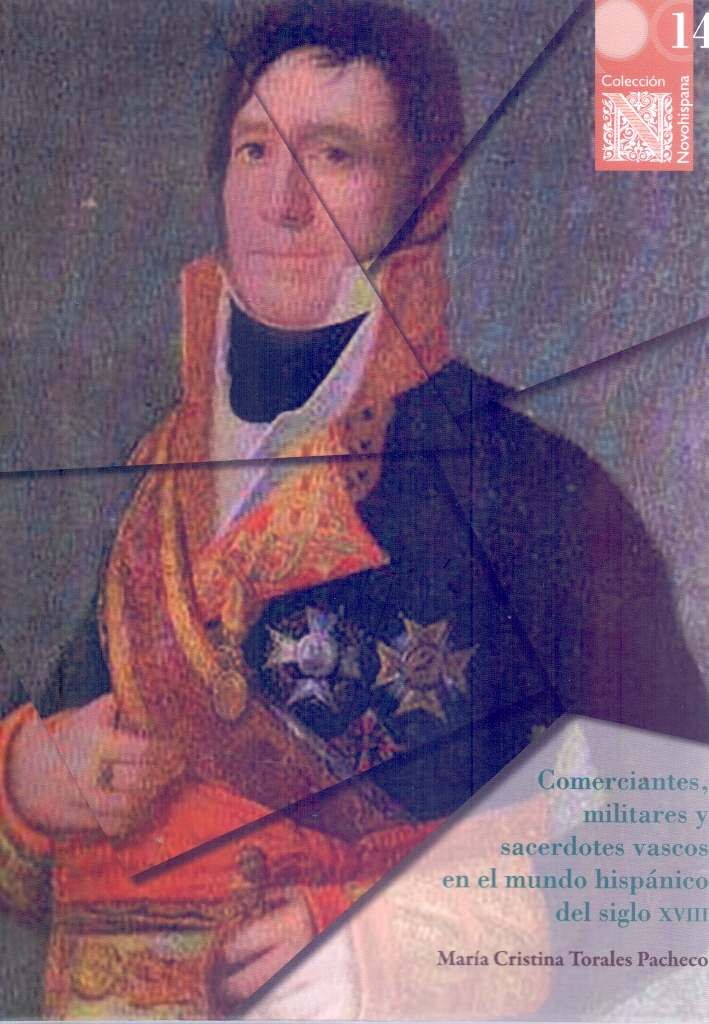 |
Comerciantes, Militares y Sacerdotes Vascos en el Mundo Hispánico del Siglo XVII Torales Pacheco, María Cristina Bonilla Artigas Editores |
 |
El Crisol y la Flama: Grupos Sociales y Cofradías en Pátzcuaro (Siglos XVI y XVI Flores García, Laura Gemma Bonilla Artigas Editores |
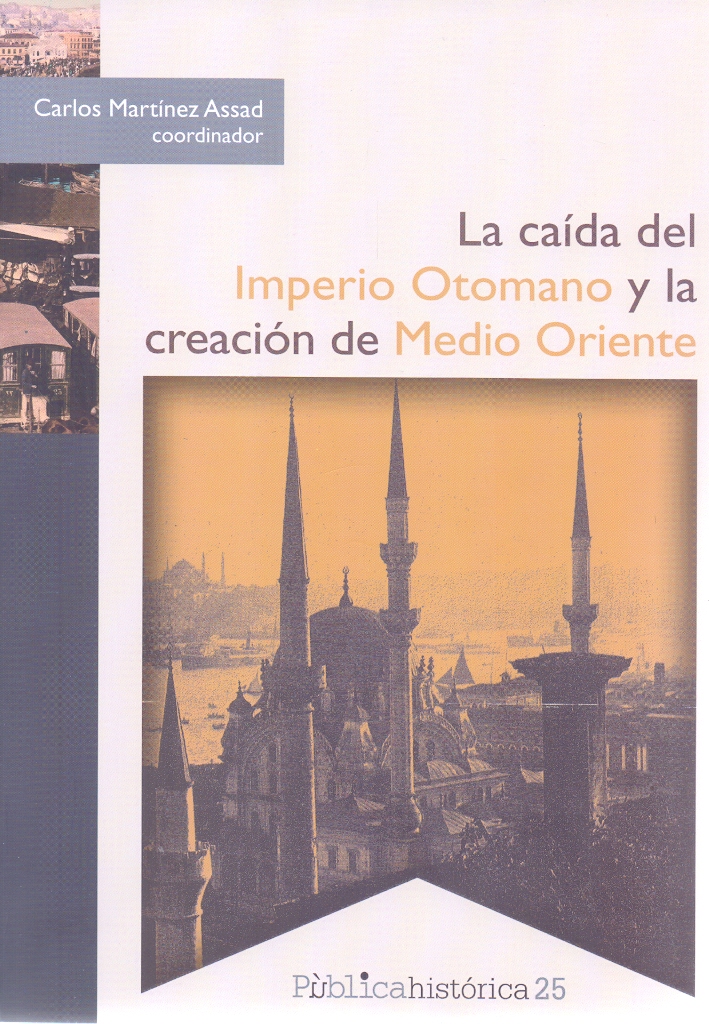 |
La Caída del Imperio Otomano y la Creación de Medio Oriente Carlos Martínez Assad Bonilla Artigas Editores |
 |
Exilio Español y Su Vida Cotidiana en México, El. Serrano Migallón, Fernando; Woldenberg José Bonilla Artigas Editores |
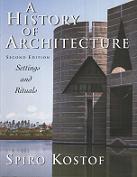

|
Título: A History Of Architecture: Settings And Rituals | |
| Autor: Kostof, Spiro | Precio: $1435.00 | |
| Editorial: Oxford University Press | Año: 1995 | |
| Tema: Arquitectura, Historia | Edición: 2ª | |
| Sinopsis | ISBN: 9780195083798 | |
| When the late Spiro Kostof's A History of Architecture appeared in 1985, it was universally hailed as a masterpiece--one of the finest books on architecture ever written. Now, updated and expanded, this classic reference continues to bring to readers the full array of civilization's architectural achievements.
Insightful, engagingly written and graced with close to a thousand superb illustrations, the Second Edition of this extraordinary volume offers a sweeping narrative that examines architecture as it reflects the social, economic, and technological aspects of human history. The scope of the book is astonishing. Kostof examines a surprisingly wide variety of man-made structures: prehistoric huts and the TVA, the pyramids of Giza and the Rome railway station, the ziggurat and the department store. Kostof considered every building worthy of attention, every structure a potential source of insight, whether it be prehistoric hunting camps at Terra Amata, or the caves at Lascaux with their magnificent paintings, or a twenty-story hotel on the Las Vegas Strip. |
||
Librería Bonilla SA de CV © Todos los derechos reservados. 2019
Última actualización: Jul 2019





